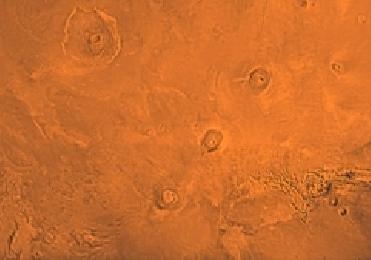
The Tharsis region of Mars, including the three volcanoes of Tharsis Montes (Arsia, Pavonis and Ascraeus Mons), as well as Olympic Mons in the upper left corner. NASA photo
WASHINGTON (PTI): In what could influence the likelihood of finding life on Mars, astronomers have claimed that flowing lava could have possibly made river-like channels on the Red Planet.
Whether the meandering channels on Mars were formed by water or lava has been debated for years. Now, a team has pointed out that flowing lava could have played a vital role in this connection.
"To understand if life, as we know it, ever existed on Mars, we need to understand where water is or was," said Jacob Bleacher of NASA's Goddard Space Flight Center in Greenbelt, who led the team.
For their research, the astronomers carried out a study of a single channel on the southwest flank of Mars' Ascraeus Mons, one of the three Tharsis Montes volcanoes.
The team relied on detailed images from three cameras: the Thermal Emission Imaging System (THEMIS), Context Imager (CTX) and High/Super Resolution Stereo Color (HRSC) imager, as well as earlier data from Mars Orbiter Laser Altimeter (MOLA).
From these images, the team pieced together more than 270 kms of the channel.
At the source of the channel, the visual clues seem to point to water. But at the channel�s other end, an area not clearly seen before, the astronomers found a ridge which appears to have lava flows coming out of it.
In some areas, "the channel is actually roofed over, as if it were a lava tube, and lined up along this, we see several rootless vents," or openings where lava is forced out of the tube and creates small structures, Bleacher said.
"These types of features don't form in water-carved channels. Having one end of the channel formed by water and the other end by lava is an 'exotic' combination. More likely, the entire channel was formed by lava," he said.
Evidence that lava can produce finely detailed features came from a survey by Bleacher, along with W. Brent Garry and Jim Zimbelman of the Smithsonian Institution in Washington, of the 51-kilometer (32 mile) lava flow from the 1859 eruption of Mauna Loa on Hawaii. Their main focus was an island nearly a kilometer long in the middle of the channel.
"We found terraced walls on the insides of these channels, channels that go out and just disappear, channels that cut back into the main one, and vertical walls 9 m high.
"So, right here, in something that we know was formed only by flowing lava, we found most of the features that were considered to be diagnostic of water-carved channels on Mars," Bleacher said.
 Next Article
Next Article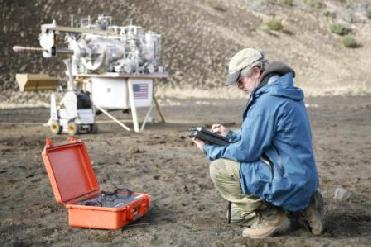
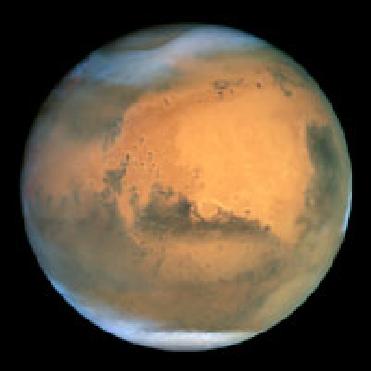
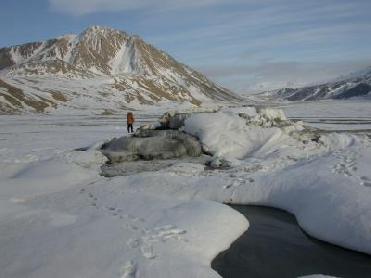
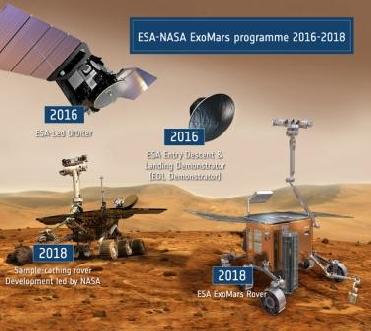










The Indian Air Force, in its flight trials evaluation report submitted before the Defence Ministry l..
view articleAn insight into the Medium Multi-Role Combat Aircraft competition...
view articleSky enthusiasts can now spot the International Space Station (ISS) commanded by Indian-American astr..
view article